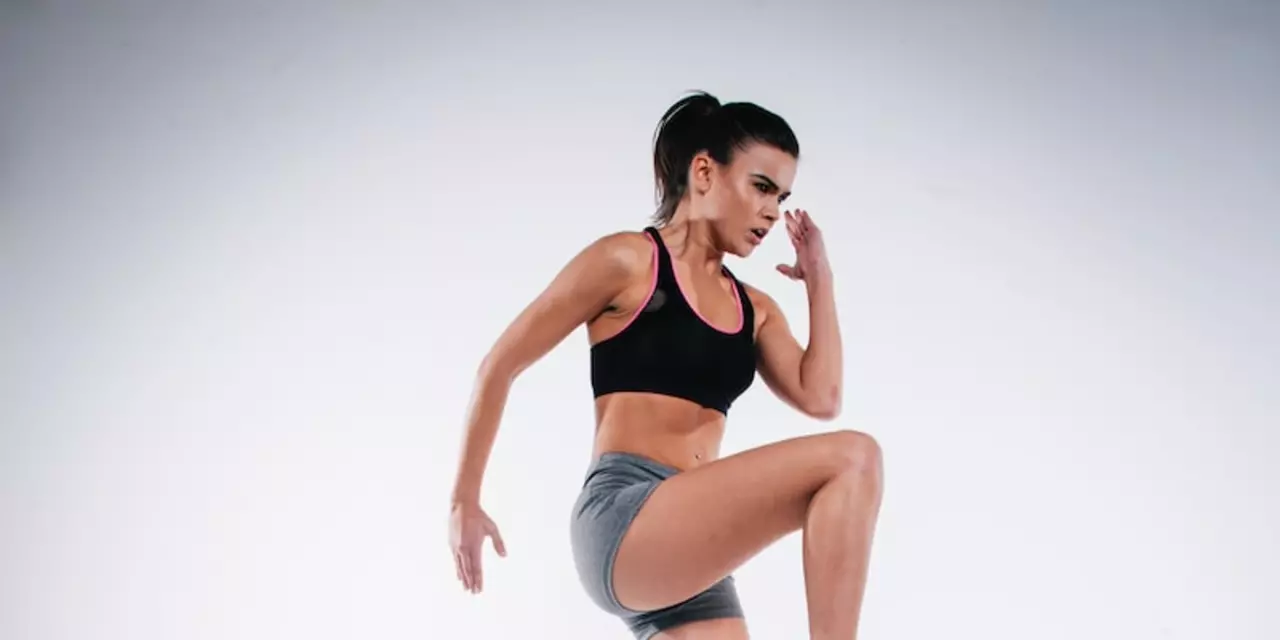Exercise Tips for Aspiring Racers – Boost Your Motorsport Performance
Want to shave seconds off your lap time? It isn’t just about the car – it’s about your body. A well‑designed exercise plan sharpens reflexes, builds core stability and keeps you focused when the pressure mounts on the track.
Core and Stability Workouts
The cockpit is a tight space where every movement counts. Strengthen your core with planks, side‑planks and Russian twists. Aim for three sets of 45‑second holds, three times a week. A solid core reduces fatigue during long stints and helps you maintain a steady steering line.
Balance drills like single‑leg deadlifts or BOSU ball squats train the muscles you use to control the car’s weight transfer. Spend 10‑15 minutes on these exercises before each cardio session and you’ll notice smoother transitions through corners.
Cardio and Reaction Training
Racing demands quick bursts of energy and rapid decision‑making. High‑intensity interval training (HIIT) mimics this pattern. Try 30 seconds sprint on a bike or treadmill, followed by 30 seconds rest. Repeat 8‑10 cycles. This boosts both aerobic capacity and anaerobic power, letting you stay sharp for the final lap.
Pair HIIT with reaction drills – like catching a falling tennis ball or using a light board that flashes random colors. React within a second and you’ll train the brain‑muscle link essential for split‑second braking or throttle inputs.
Don’t forget flexibility. A short yoga flow after training eases tight hips and shoulders, areas that get cramped during long drives. Even five minutes of hip openers and shoulder stretches can improve steering precision.
Stick to this routine for four weeks and track your lap times. Most drivers see a noticeable improvement, not because the car changed, but because their bodies are better prepared for the demands of high‑speed competition.
Can I use my running shoes in the gym?
This article discusses the practicality of using running shoes in the gym. It explains that running shoes are designed for running and not for lifting weights. It is recommended to use shoes specifically designed for the gym, as these offer more stability and support for the feet and ankles when lifting weights. In addition, running shoes are not well suited for gym surfaces, as they are not designed for contact with hard surfaces. Thus, it is best to use gym shoes for gym activities, as they are better suited for the environment and the activities performed.
